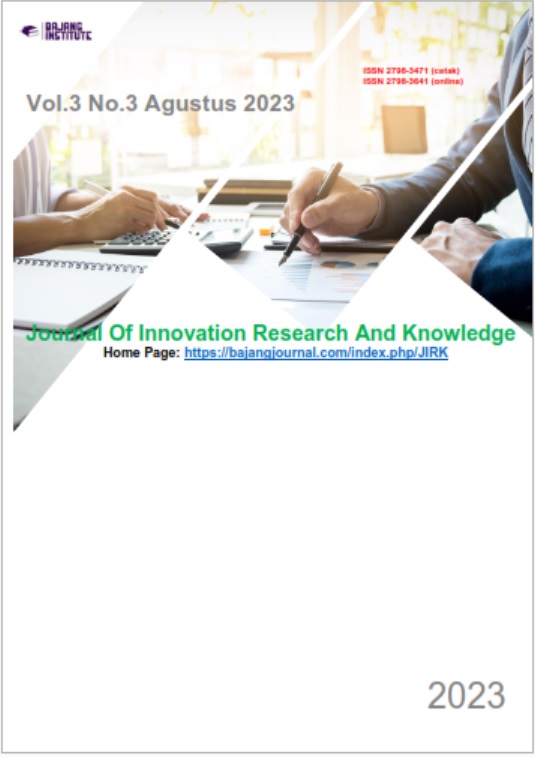KONSUMSI BUAH PEPAYA MUDA TERHADAP VOLUME ASI PADA IBU MENYUSUI DI KLINIK ASTER TAHUN 2023
Keywords:
Breastfeeding, Supporting Factors, Breast Milk ProductionAbstract
Breast milk (breast milk) is a food source that contains complete nutrients with the composition needed by babies. Exclusive breastfeeding for 6 months is recommended by the World Health Organization (WHO) international guidelines. The success of exclusive breastfeeding can be increased by non-pharmacological means with young papaya. Young papaya contains lactagogues which are believed to increase the volume of breast milk. The purpose of this study is to test the effectiveness of young papaya fruit consumption on breast milk volume at the 2023 Daister Clinic. Research methodology Using a quantitative method with an experimental Quasy research design with a pretest posttest control group design. All breastfeeding mothers for 0-6 months at the Aster Clinic in 2023 with a purposive sampling technique using the Slovin formula obtained from a sample of 30 people. Giving a decoction of young papaya fruit 300 grams/day for 14 days, using an observation sheet. The data analysis used is Wilcoxon test data. Results: The intervention group that consumed a decoction of young papaya fruit was effective in increasing the volume of breast milk of breastfeeding mothers with a P value of 0.000 had a smaller significance than the α (p<α). Conclusion: Giving young papaya fruit decoction is effective on the breast milk volume of breastfeeding mothers. Suggestion: Increase the insight of breastfeeding mothers on how to increase breast milk volume and the benefits of young papaya fruit decoction
References
Fajria, L., Khairina, I., & Annisa, Z. (2023). Breastfeeding Self-Efficacy & Permasalahan ASI Eksklusif. CV. Adanu Abimata
Sopiyudin. 2016. Besaran sempel dalam penelitian kedokteran dan kesehatan. Jakarta: Epidemiologi Indonesia.
Sumarni & Anasari. Praktik Penggunaan Herbal pada Ibu Menyusui di Kelurahan Karangklesem.
WHO. (2020). Children Reducing Mortality. Children Reducing Mortality.
WHO. (2023). Pemberian Makanan Pendamping AS pada Anak. Pemberian Makanan Pendamping ASI Pada Anak.
World Health Organization. Breast feeding. Switzerland: WHO; 2019.
Kementerian Kesehatan Republik Indonesia. 2019. Situasi dan analisis ASI eksklusif. Jakarta: Kemenkes RI
Kementerian Kesehatan Republik Indonesia. 2018. Riset Kesehatan Dasar tahun 2018. Jakarta: Kementerian RI
Kementerian Kesehatan Republik Indonesia. 2022. Profil Kesehatan Indonesia 2021. Jakarta: Kementerian 2022
Muhartono, M., Graharti, R., & Gumandang, H. P. 2018. Pengaruh Pemberian Buah Pepaya (Carica Papaya L.) Terhadap Kelancaran Produksi Air Susu Ibu (ASI) pada Ibu Menyusui. Jurnal Medula, 8(1), 39-43
Haryono R dan Soetiningsih. 2017. ASI Panduan Praktis Ibu Menyusui. Jogjakarta: Banyu Media.
Widiyanti, D, Heryati, K. 2018. Effect On Food Consumption Postpartum Mother’s Breastfeeding In Clinical Pratice Midwife In Bengkulu City. Education, 5(2.5), 85-5.
Wilda I, Sarlis N. Efektivitas pepaya (Carica Papaya L) Terhadap Kelancaran Produksi ASI Pada Ibu Menyusui. JOMIS (Journal of Midwifery Science). Juli 2021.5(2):158-166
Anggraini Y. 2018. Asuhan KebidananMasa Nifas. Yogyakarta: Pustaka. Rihama.















